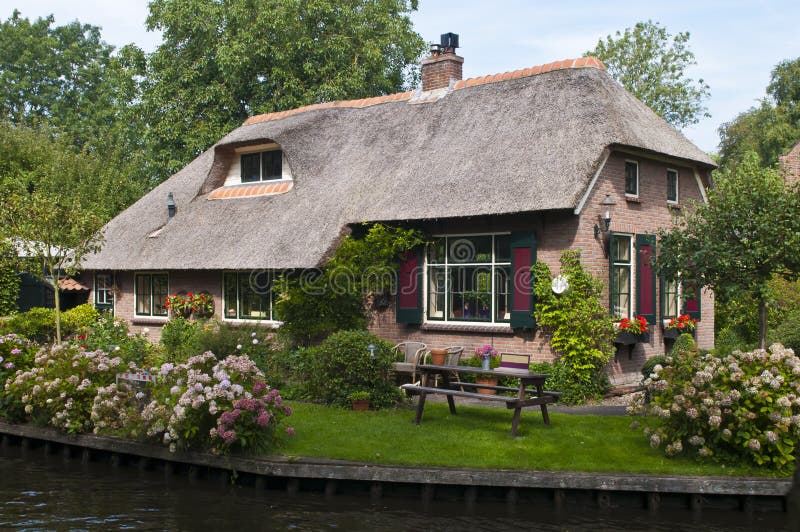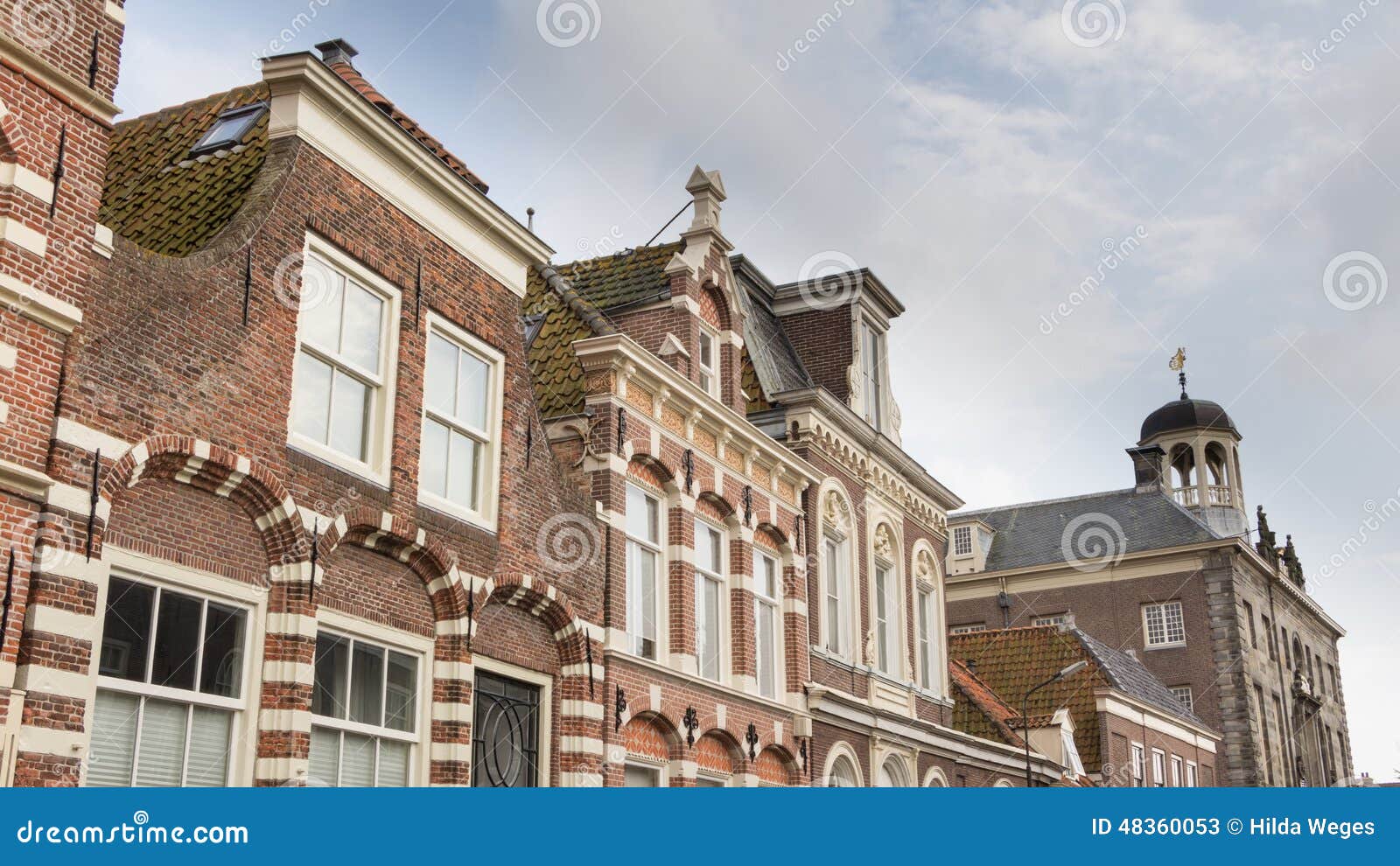
The most unsettling thing about the experience of reading this book was how detached I felt. To me, it was a family story with very humble, human elements like sadness, bitterness, loyalty, and love.

I felt this story lacked anything magical, surprising, or jolting. The Guardian’s, Elizabeth Lowry, stated, “Patchett leads us to a truth that feels like life rather than literature.” And I agree, which is why I might have been surprised at all the comments about The Dutch House being a modern-day fairytale. The Dutch House expands the genre, because the close bond of Maeve and Danna, sister and brother, grieving together their once wholesome past, is very human. With a traditional beginning, middle, and end written in a tidy chronological order, Patchett’s novel does seem to be simply categorized.

A foreboding house, evil stepmother, aloof father, and (in a sense) orphaned, displaced children. Many reviewers have been commenting on the fairytale aspect of Patchett’s story. Conroy quickly exits the story, abandoning her young children, Maeve and Danny, to tell Ann Patchett’s new, fictional, family-drama, The Dutch House. The most cumbersome feature of all, though, is the aversion it causes in their mother. Hidden closets and sweeping lawns magnify the children’s wonder. Oil canvases of past family portraits and ballrooms are stashed on the third floor. The first floor is a complete wall of glass. Yet, the views are not anything less than impressive. The day they arrive, their story of heartache begins. A brother and sister move into an architectural wonder, sold to their father as a family home.


 0 kommentar(er)
0 kommentar(er)
